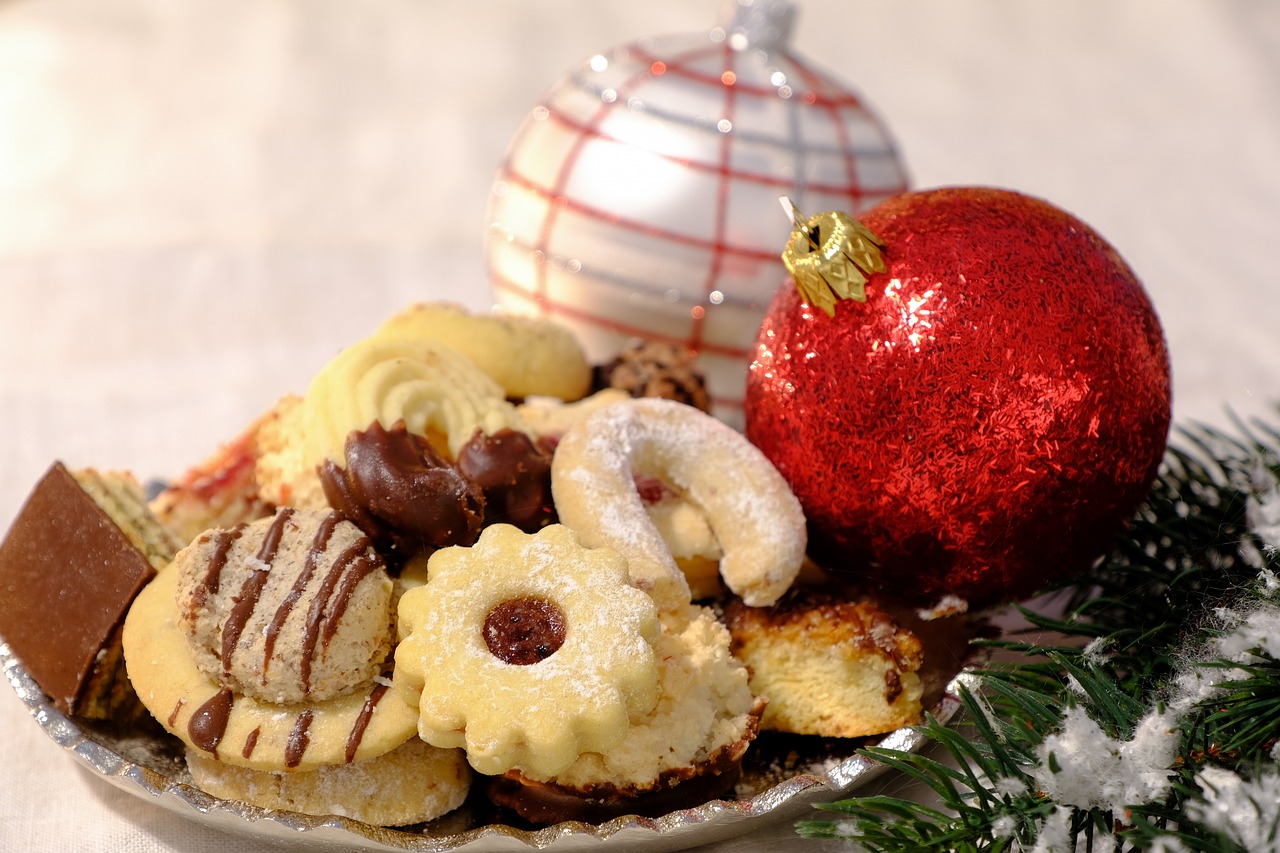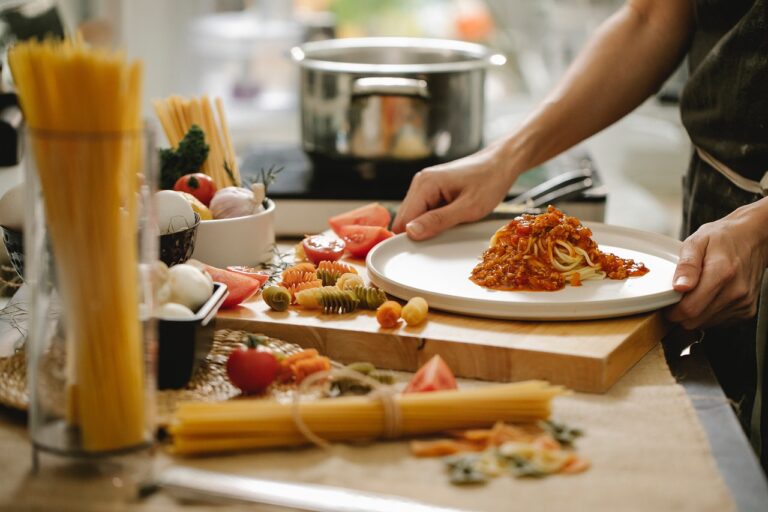Tips for Baking Perfect Cookies: Achieve Delicious Results Every Time

Baking cookies is a delightful and rewarding kitchen activity that can yield delectable results when done correctly. Whether you’re a novice or an experienced baker, understanding the techniques and tips for making perfect cookies can help you achieve consistently delicious treats. Here are essential tips for baking perfect cookies:
1. Use Quality Ingredients
The quality of your ingredients greatly impacts the final outcome of your cookies.
- Butter: Use high-quality, unsalted butter for the best flavor. Unsalted butter allows you to control the amount of salt in your recipe.
- Sugar: Choose the right type of sugar as specified in the recipe (granulated, brown, powdered). Each type of sugar affects the texture and flavor differently.
- Eggs: Use fresh, large eggs. Bring them to room temperature for even mixing.
- Flour: Use the appropriate type of flour (typically all-purpose) and measure it accurately. Spoon flour into the measuring cup and level it off with a knife.
2. Measure Ingredients Accurately
Accurate measurements are crucial for consistency and the desired texture of your cookies.
- Dry Ingredients: Use a kitchen scale for precise measurements or correctly measure with measuring cups. Spoon flour into the cup and level it off rather than scooping to avoid packing it down.
- Liquid Ingredients: Use liquid measuring cups and ensure you are measuring at eye level to get an accurate reading.
- Sticky Ingredients: Use a non-stick spray or dip the measuring cup in hot water before measuring sticky ingredients like honey or molasses to easily release them.
3. Cream Butter and Sugar Thoroughly
Creaming butter and sugar properly incorporates air into the dough, resulting in light and fluffy cookies.
- Room Temperature Butter: Use butter that is soft but still cool to the touch. It should be bendable without melting.
- Creaming Process: Beat butter and sugar together on medium speed for 3-5 minutes, until light and fluffy. This step is crucial for the texture of the cookies.
4. Watch Your Mixing
The way you mix your cookie dough can affect the texture and outcome.
- Add Dry Ingredients Gradually: Gradually add dry ingredients to the wet mixture to avoid overmixing, which can result in tough cookies.
- Mix Just Until Combined: Mix the dough until the dry ingredients are just incorporated. Overmixing can develop the gluten in the flour, making the cookies dense and tough.
5. Chill the Dough
Chilling the cookie dough can help prevent spreading and improve the texture and flavor of your cookies.
- Refrigeration: Chill the dough in the refrigerator for at least 30 minutes, or as specified in the recipe. This helps the dough firm up, making it easier to handle and shape.
- Longer Chilling for Enhanced Flavor: For deeper flavor and better texture, chill the dough for several hours or overnight. This allows the ingredients to meld and the flour to hydrate fully.
6. Shape Your Cookies Evenly
Shaping your cookies evenly ensures they bake uniformly.
- Uniform Size: Use a cookie scoop or spoon to portion out dough evenly. This helps ensure uniform cooking times.
- Spacing: Place cookies on the baking sheet with enough space between them to allow for spreading. Generally, 2 inches apart is sufficient.
7. Bake with Care
Proper baking is essential for achieving perfectly cooked cookies.
- Preheat the Oven: Always preheat your oven to the specified temperature before baking. An inaccurate oven temperature can result in uneven baking.
- Baking Sheet Preparation: Use parchment paper or silicone baking mats to line your baking sheets. This prevents sticking and promotes even baking.
- Oven Position: Bake cookies in the center of the oven to ensure even heat distribution. If baking multiple sheets at once, rotate the sheets halfway through baking.
- Watch for Doneness: Check for doneness a few minutes before the recommended baking time. Look for edges that are set and lightly browned while the centers may still appear soft. Cookies continue to firm up as they cool.
8. Cool Properly
Proper cooling is important for the final texture of your cookies.
- Cooling on the Sheet: Allow cookies to cool on the baking sheet for a few minutes before transferring them. This helps them firm up and makes them less likely to break.
- Cooling Rack: Transfer cookies to a wire cooling rack to cool completely. This prevents the bottoms from becoming soggy and allows air to circulate around the cookies.
Bonus Tips:
- Experiment with Flavors: Don’t hesitate to experiment with different extracts (like vanilla, almond, or citrus) and mix-ins (like chocolate chips, nuts, dried fruits) to add unique flavors and textures to your cookies.
- Storage: Store cookies in an airtight container to keep them fresh. You can also freeze cookie dough portions to bake later—perfect for enjoying fresh cookies at any time.
Sample Recipe for Perfect Chocolate Chip Cookies
Ingredients:
- 1 cup (2 sticks) unsalted butter, softened
- 1 cup granulated sugar
- 1 cup packed brown sugar
- 2 large eggs, at room temperature
- 1 teaspoon vanilla extract
- 3 cups all-purpose flour
- 1 teaspoon baking soda
- 1/2 teaspoon baking powder
- 1/2 teaspoon salt
- 2 cups semi-sweet chocolate chips
Instructions:
- Preheat the Oven: Preheat your oven to 350°F (175°C) and line baking sheets with parchment paper.
- Mix Dry Ingredients: In a medium bowl, whisk together flour, baking soda, baking powder, and salt. Set aside.
- Cream Butter and Sugars: In a large bowl, beat the softened butter with granulated sugar and brown sugar on medium speed for about 3-4 minutes, until light and fluffy. Scrape down the sides as needed.
- Add Eggs and Vanilla: Beat in the eggs, one at a time, followed by the vanilla extract.
- Combine Wet and Dry Ingredients: Gradually add the dry ingredients to the wet mixture, mixing just until combined. Be careful not to overmix.
- Add Chocolate Chips: Fold in the chocolate chips evenly throughout the dough.
- Chill the Dough: If possible, chill the dough in the refrigerator for at least 30 minutes.
- Shape the Cookies: Use a cookie scoop or spoon to drop dough onto the prepared baking sheets, leaving about 2 inches of space between each cookie.
- Bake: Bake the cookies for 10-12 minutes, or until the edges are set and lightly browned but the centers are still soft.
- Cool: Let the cookies cool on the baking sheets for a few minutes before transferring them to a wire cooling rack to cool completely.
In conclusion, baking perfect cookies involves using quality ingredients, measuring accurately, creaming butter and sugar properly, watching your mixing, chilling the dough, shaping cookies evenly, baking with care, and cooling properly. By following these tips, you can achieve consistently delicious and perfectly baked cookies every time. Happy baking!






